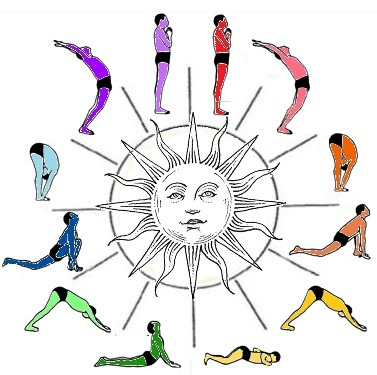Sun Salutation: The Best Way To Start A Day With Regular Practice

Surya namaskara or Sun Salutation is all about a series of twelve physical postures made by the body. These alternating actions of backward and forward bending postures help in flexing and stretching the spinal column through the maximum range and give a profound stretch to the whole body.

The stretching of every part of the body helps the muscles to open up and blood flows in a very consistent way. This needs to be practiced so that the stagnant energies remain locked up and the organs remain de-oxygenated to a large extent. One of the best concerns about this is that it has a deep effect in detoxifying the organs that provide deeper relaxing effect.
To The List of Benefits to Gain
Synchronizing the breath with the movements of the body is very important. As mentioned this practice, this is a flowing series of 12 yoga postures that are described below as—
This is considered as one of the most prominent ways to help your body stay fit and fine. This is all connected to the traditional way to keeping body tactful and healthy.
Source:
Himalayanyogainstitute
Yogajournal
Wikipedia
